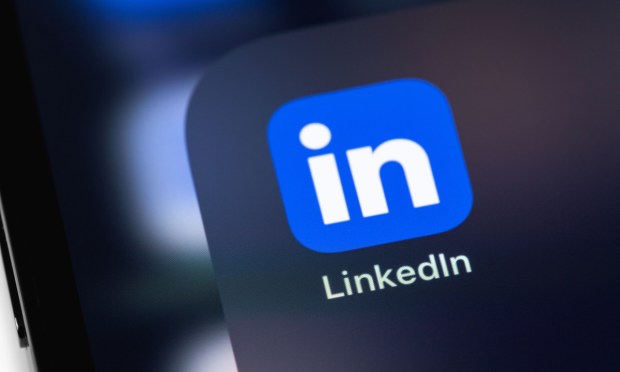
As businesses look beyond traditional marketing channels to reach and influence consumers, one surprising player that has emerged is LinkedIn, with merchants extending the platform beyond B2B into B2C.
Amazon, for instance, has garnered a following of 31 million on the platform. The company posts about product updates, sales events and shopping inspirations in addition to the typical, more hiring- and retention-based content. Similarly, Nike posts to its 6 million followers about brand and product news, and Patagonia communicates with its 1 million followers about the brand’s eco-centric ethos with relevant, nature-focused content.
While LinkedIn might not seem like an obvious choice for consumer engagement as it is traditionally known as a professional networking platform, its unique positioning and robust user base offer a compelling avenue for retailers looking to tap into a more sophisticated and influential audience.
The platform touts a membership base of more than 1 billion, with estimates of its monthly active user base generally putting the count in the low hundreds of millions. Plus, the network is gaining share with the types of consumers who tend to be open to social commerce, with the platform’s fastest-growing audience demographic being Generation Z.
Most Gen Z consumers shop via social media. The PYMNTS Intelligence study “Tracking the Digital Payments Takeover: Monetizing Social Media” drew from a survey of nearly 3,000 United States consumers about how they browse for and buy goods and services on social media platforms. Supplemental data from the report revealed that 68% of Gen Z consumers searched for or purchased products on social media, compared to just 43% of the population overall.
LinkedIn’s audience of highly engaged professionals tends to have more cash to burn, making its user base particularly appealing to merchants.
“Not only are [LinkedIn members] more likely to own (or plan to own) more high-consideration goods (think cars, tech devices or mutual funds), members also report that spending more time on LinkedIn further nudges them to save for or purchase those goods,” wrote Regina Dowdell, senior content solutions consultant at LinkedIn, noting that users tend to trust content on the platform.
One of the primary ways LinkedIn influences consumer behavior is through thought leadership. Retailers can use the platform to establish themselves as industry experts, sharing insights, trends and innovations. By positioning themselves as thought leaders, retailers can build trust and credibility with a highly targeted audience. Airbnb, for instance, shares travel content with its 3 million followers, while Red Bull highlights athletic and adventure-seeking stories to its 1 million followers.
Additionally, social commerce can be especially effective for food and beverage brands. The PYMNTS Intelligence report “Connected Dining: Word of Mouth in the Digital Age” found that 37% of diners search for restaurant information by accessing content from a restaurant’s social media page. That share rises to 42% for Gen Z and 46% for millennials.
Starbucks, for its part, posts to its 3 million LinkedIn followers about menu updates, and McDonald’s does the same for its 2 million.
For all PYMNTS retail coverage, subscribe to the daily Retail Newsletter.